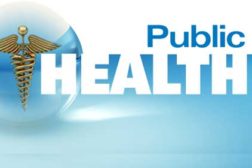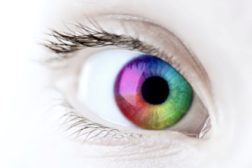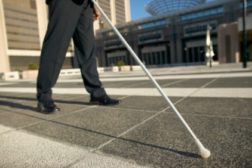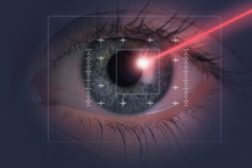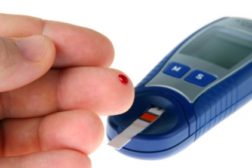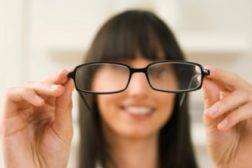Home » Keywords: » blindness
Items Tagged with 'blindness'
ARTICLES
Scientist stumbles onto a cure for color blindness
New glasses may let sufferers see the spectrum
April 5, 2013
Blindness and vision loss spike by 23 percent in the U.S.
Eye doctors recommend prevention and early detection
March 26, 2013
Never miss the latest news and trends driving the safety industry
eNewsletter | Website | eMagazine
JOIN TODAYCopyright ©2024. All Rights Reserved BNP Media.
Design, CMS, Hosting & Web Development :: ePublishing

